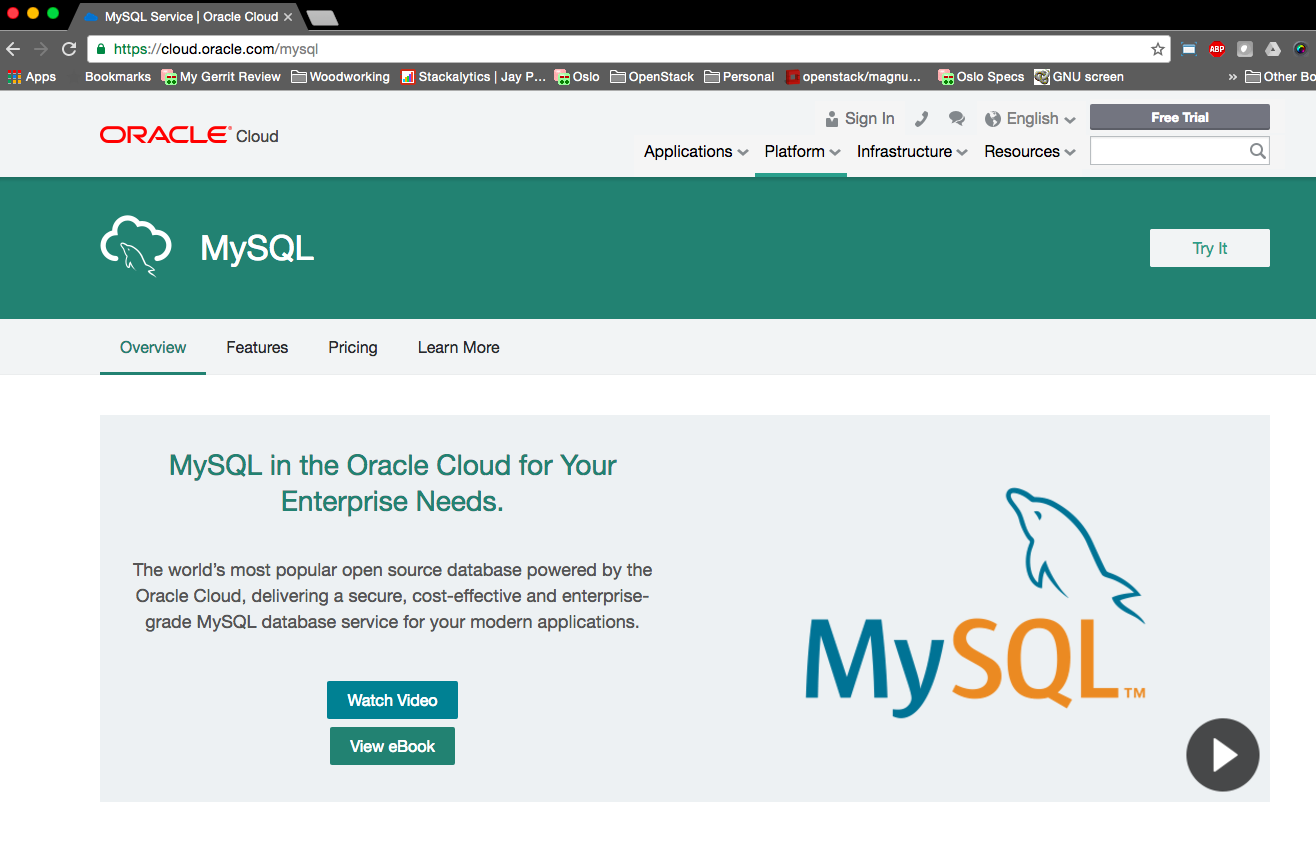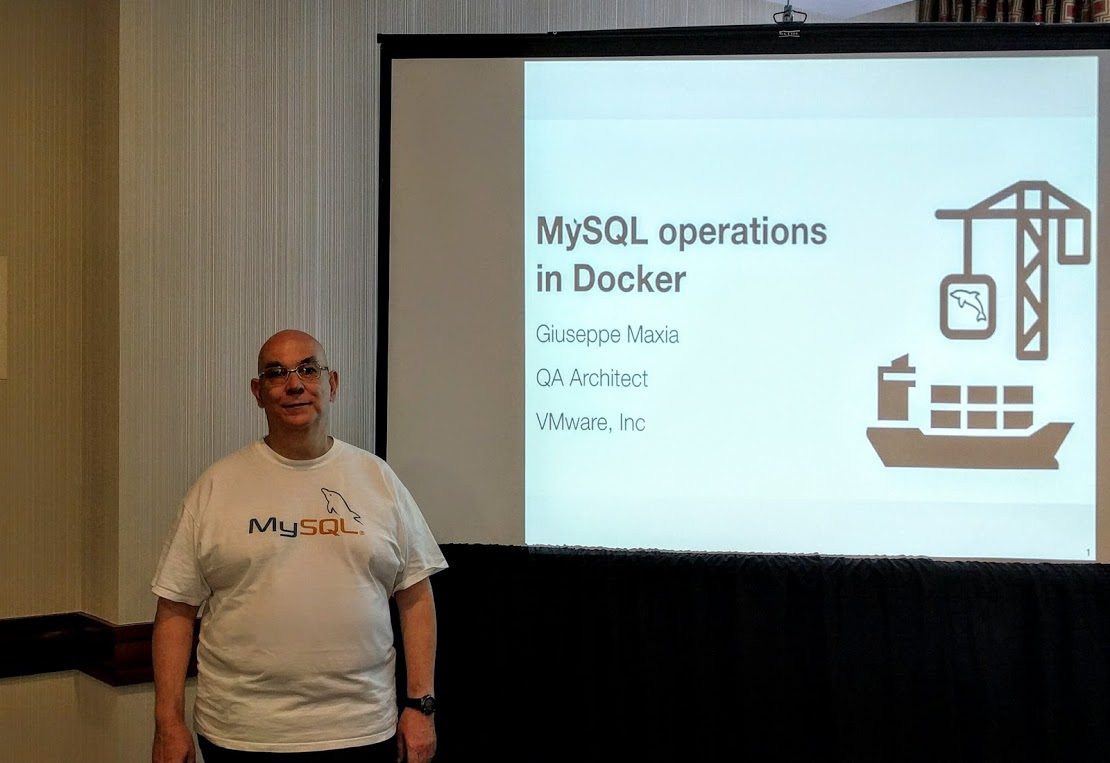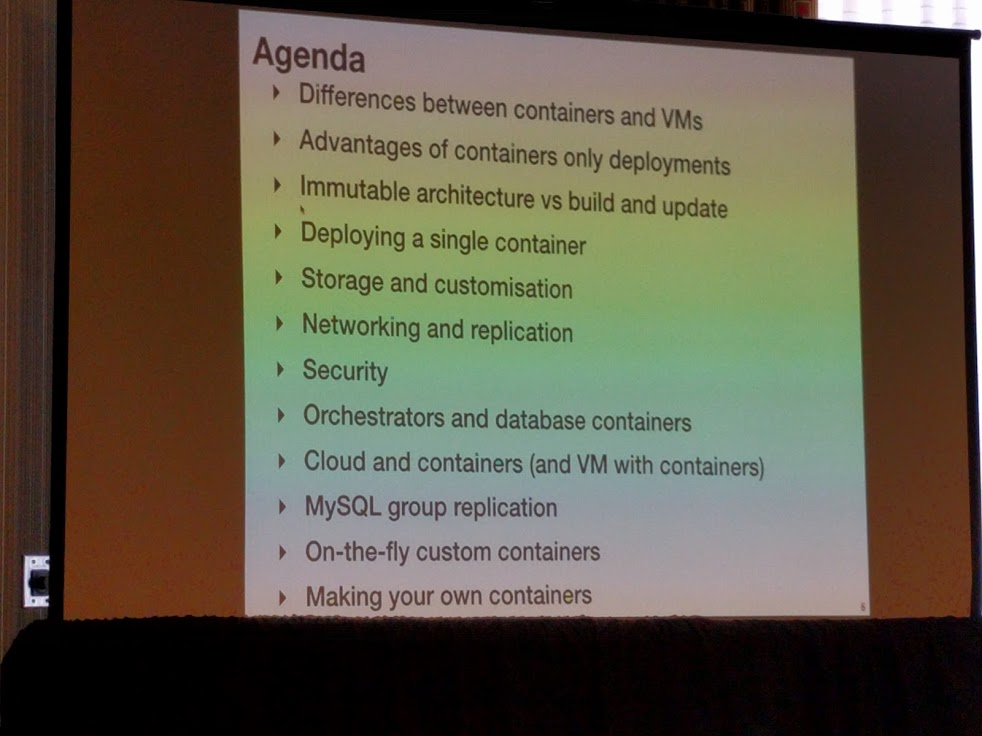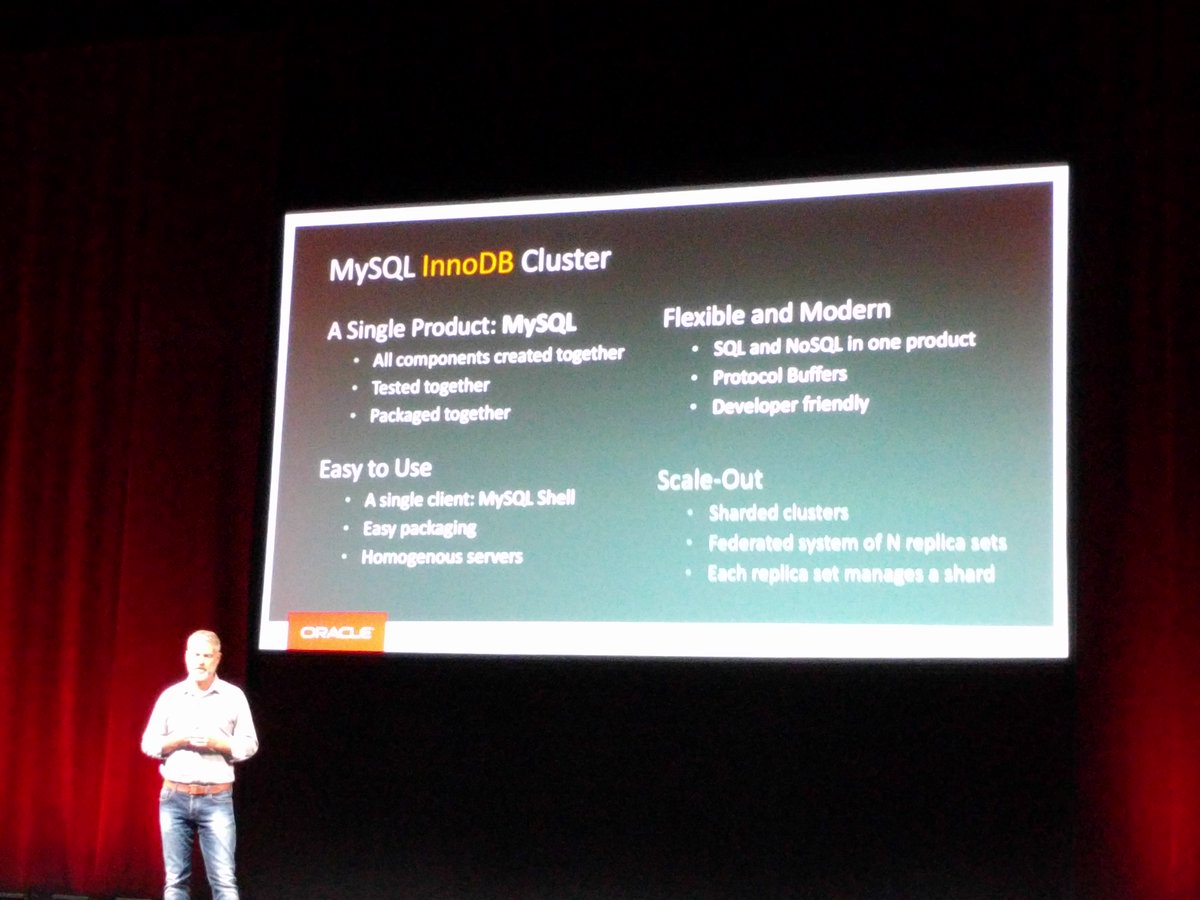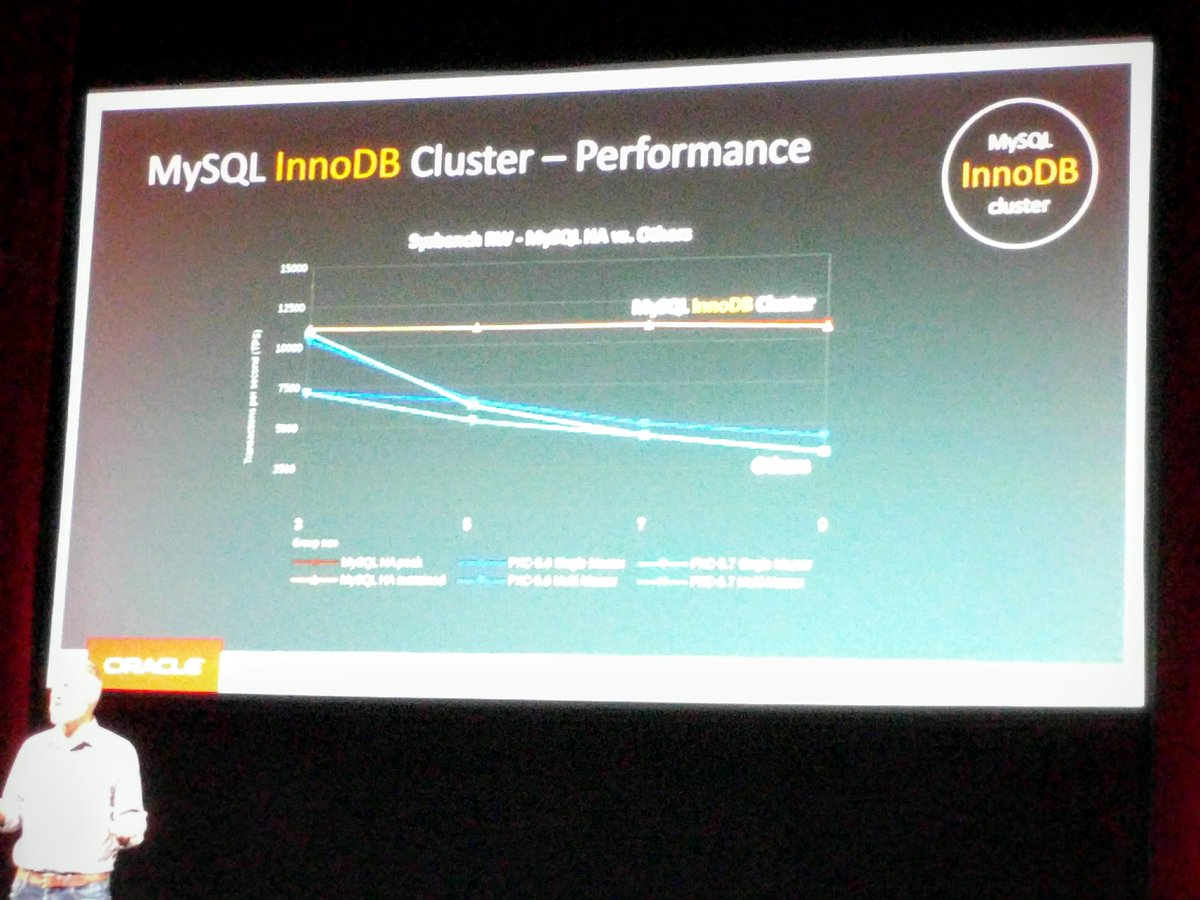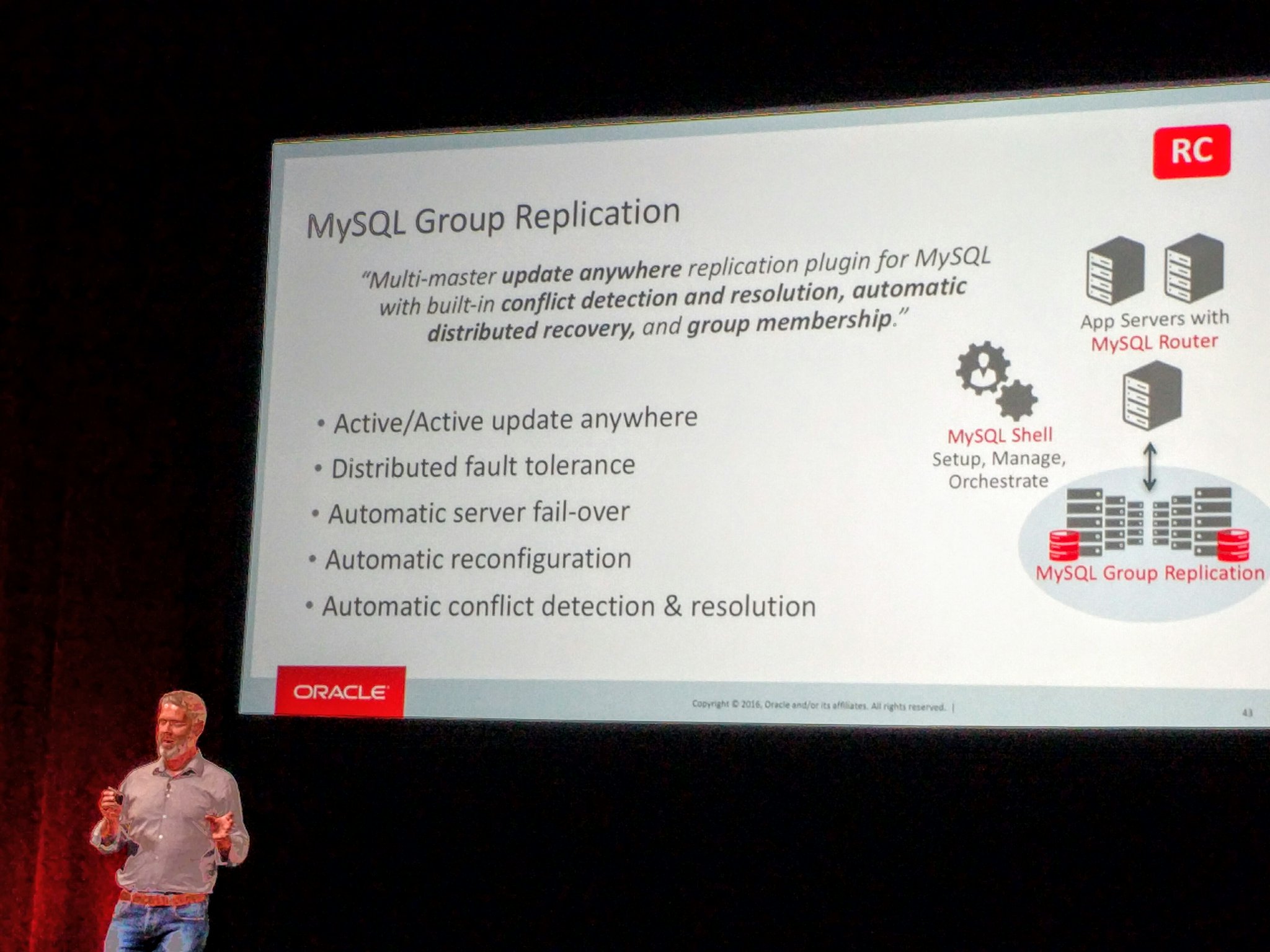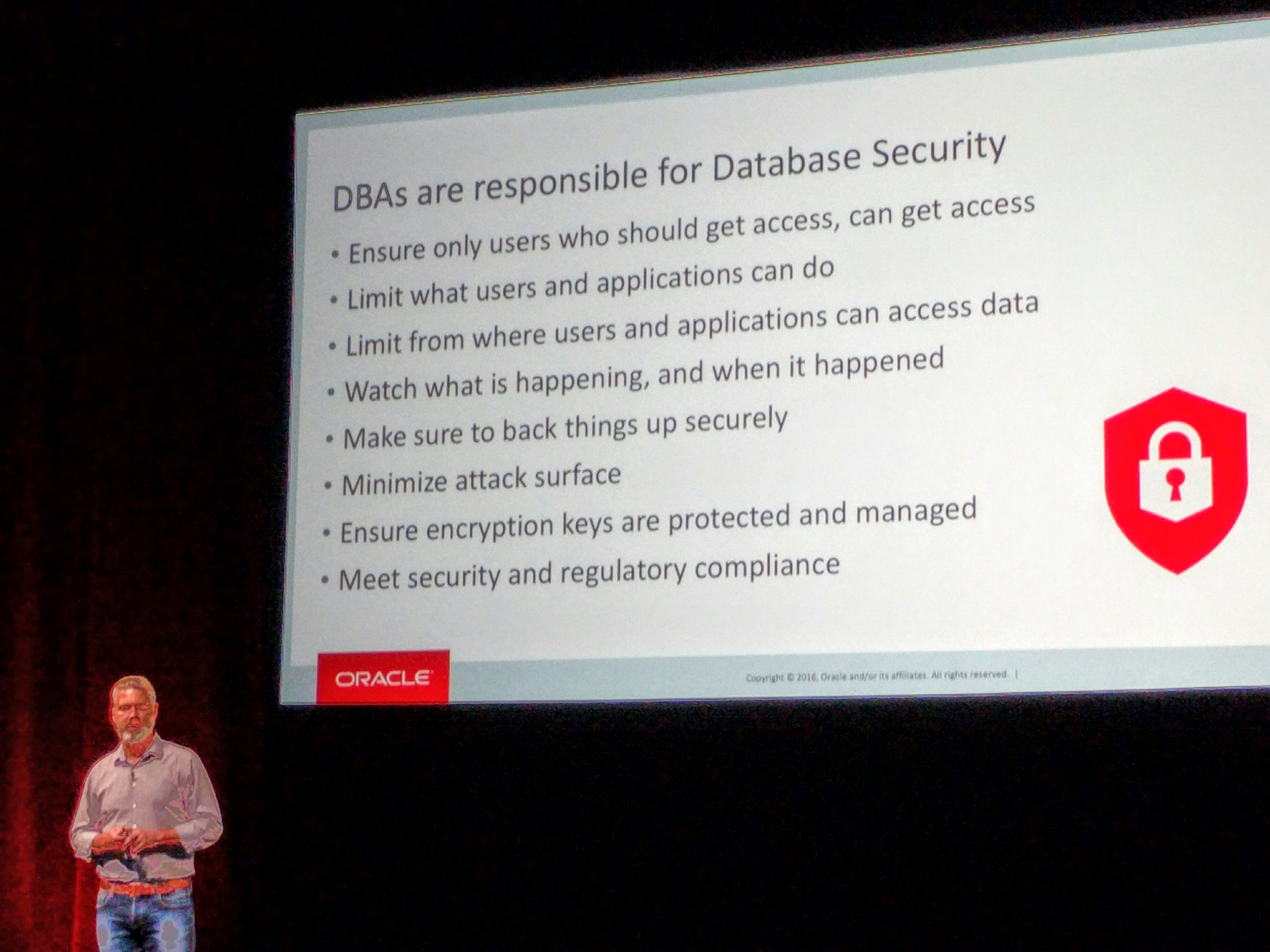MySQL 8.0.0 introduces three new miscellaneous UUID functions of IS_UUID(), UUID_TO_BIN() and BIN_TO_UUID() joining the UUID() (in 5.0) and UUID_SHORT() (in 5.1) functions. See 8.0.0 Release Notes.
Thanks to the great work and hosting by Marcus Popp anybody can test out the SQL syntax of MySQL 8.0.0 using db4free without installing anything. If you want a minimal install Giuseppe Maxia provides docker minimal images of 5.0+ versions including 8.0.0.
A running docker container with MySQL 8.0 is as easy as:
The following script shows the usage and checks of these new functions.
Historically, to encode a UUID into a BINARY(16) datatype was to use UNHEX(REPLACE()) syntax. There was however no easy to unencode a BINARY(16) into the original value. BIN_TO_UUID() as shown in the output below solves this problem.
mysql> SELECT IS_UUID(1); +------------+ | IS_UUID(1) | +------------+ | 0 | +------------+ 1 row in set (0.01 sec) mysql> SET @uuid='aaaaaaaa-bbbb-cccc-dddd-eeeeeeeeeeee'; Query OK, 0 rows affected (0.00 sec) mysql> SELECT IS_UUID(@uuid) AS is_uuid; +---------+ | is_uuid | +---------+ | 1 | +---------+ 1 row in set (0.01 sec) mysql> SELECT IS_UUID(REPLACE(@uuid,'-','')) AS is_uuid; +---------+ | is_uuid | +---------+ | 1 | +---------+ 1 row in set (0.00 sec) mysql> SELECT @uuid_bin := UUID_TO_BIN(@uuid) AS uuid_bin, LENGTH(@uuid_bin) AS len; +------------------+------+ | uuid_bin | len | +------------------+------+ | ���������������� | 16 | +------------------+------+ 1 row in set (0.00 sec) mysql> SELECT @old_uuid_bin := UNHEX(REPLACE(@uuid,'-','')) AS old_uuid_bin, LENGTH(@old_uuid_bin) AS len; +------------------+------+ | old_uuid_bin | len | +------------------+------+ | ���������������� | 16 | +------------------+------+ 1 row in set (0.00 sec) mysql> SELECT @uuid_bin = @old_uuid_bin; +---------------------------+ | @uuid_bin = @old_uuid_bin | +---------------------------+ | 1 | +---------------------------+ 1 row in set (0.00 sec) mysql> SELECT BIN_TO_UUID(@uuid_bin) AS uuid, HEX(@old_uuid_bin) AS uuid_old; +--------------------------------------+----------------------------------+ | uuid | uuid_old | +--------------------------------------+----------------------------------+ | aaaaaaaa-bbbb-cccc-dddd-eeeeeeeeeeee | AAAAAAAABBBBCCCCDDDDEEEEEEEEEEEE | +--------------------------------------+----------------------------------+ 1 row in set (0.01 sec)
